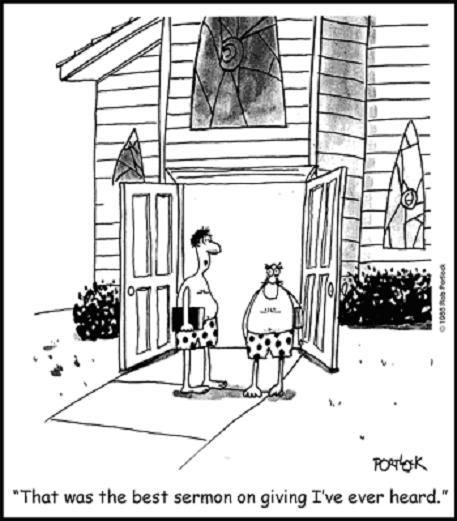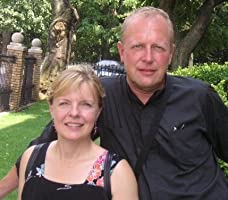

The sacraments are combinations of words, elements, and actions.
Daniel meeter full#
I imagine that the way we celebrate the sacraments during the stages of our church’s pilgrimage from social isolation to full communion will bring out new aspects of their signs and wonders. Our Lenten Eucharists differ from our Easter Eucharists. Churches that celebrate frequent Communion have learned to vary their particulars seasonally. To not share the cup with at least one other person is to miss part of the sign, even if the Spirit does its wonder.Īnd yet the sign is rich enough that our different practices bring out different meanings. On the other hand, over time, the way we offer the elements may well confine and limit how they speak to us. We affirm, on one hand, that the Holy Spirit is sovereign in the sacraments, and is not limited or prevented by the cultural particulars of the elements we offer. The sacraments are divine pledges, small miracles, signs and wonders. For many of us the extraordinary measure of individual cups became the norm. But in the last century, responding to the flu epidemic and Prohibition, and in our modern devotion (idolatry?) to safety, we began to fear our common cups. Our Protestant forebears valued their right to the chalice, and they drank from common cups with no apparent second thoughts. For two millennia the Church drank wine from common cups (albeit often excluding the laity). Extraordinary situations allow for extraordinary practices, but the danger is the extraordinary evolving into a new normal. First some general remarks, then Holy Baptism, and finally Holy Communion. James Brumm of the Reformed Church Center at New Brunswick Theological Seminary asked me to prepare some thoughts on the matter for a Zoom consultation on Saturday, “Come, Let Us Worship.” So I decided to write it up for my consistory, and I offer it to you as well. But what about the sacraments? How do we do them together without touching? Singing with masks on will be a problem, but at least we’ll have the organ.

I won’t mind no hugging while passing the peace, and we can replace the hand-shake with an Islamic-style hand upon the chest.

At first we may have to maintain our distancing, keep six feet apart (we have a huge sanctuary!), and not touch each other. My Consistory has to determine how and when. But as Helen Luhrs wrote here on The Twelve last week, we “miss church,” and we long to return to our sanctuary, not least to be able again to welcome visitors and seekers. It’s hardly ideal, although we’ve discovered unexpected gifts in our homely Eucharists.
Daniel meeter how to#
My congregation celebrates weekly Communion, and we’ve learned how to do it “at home,” via Zoom.


 0 kommentar(er)
0 kommentar(er)
